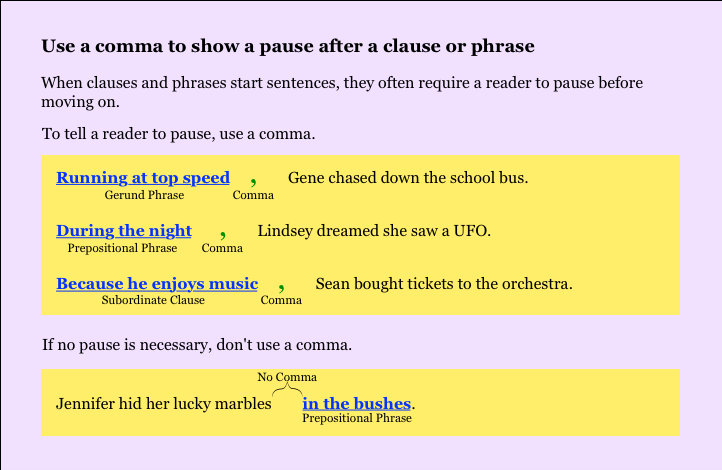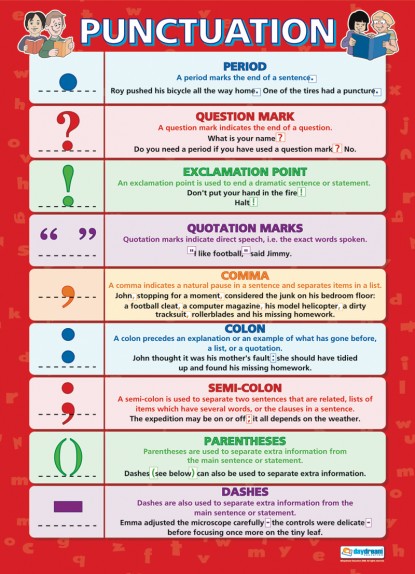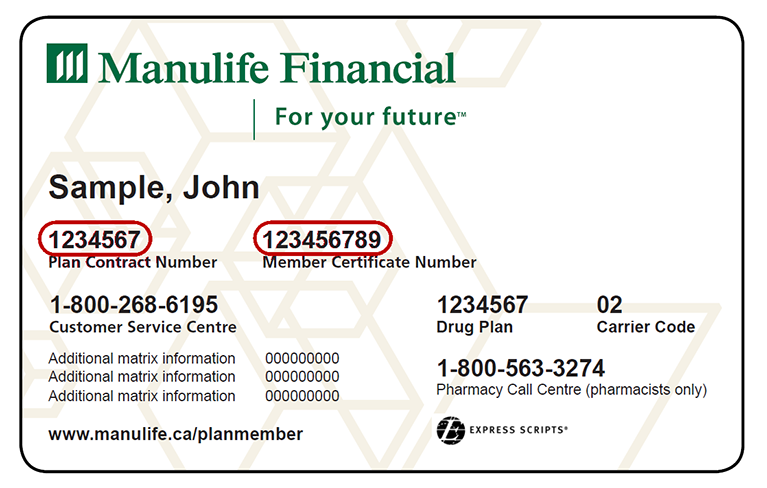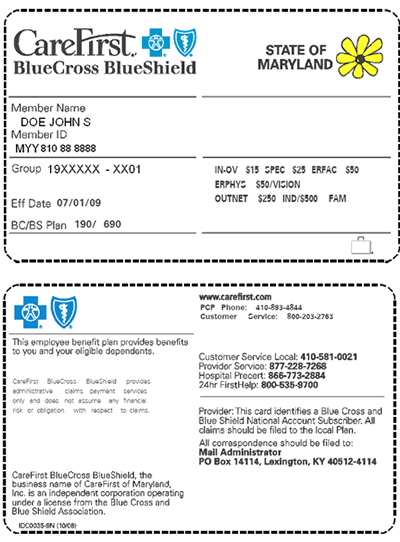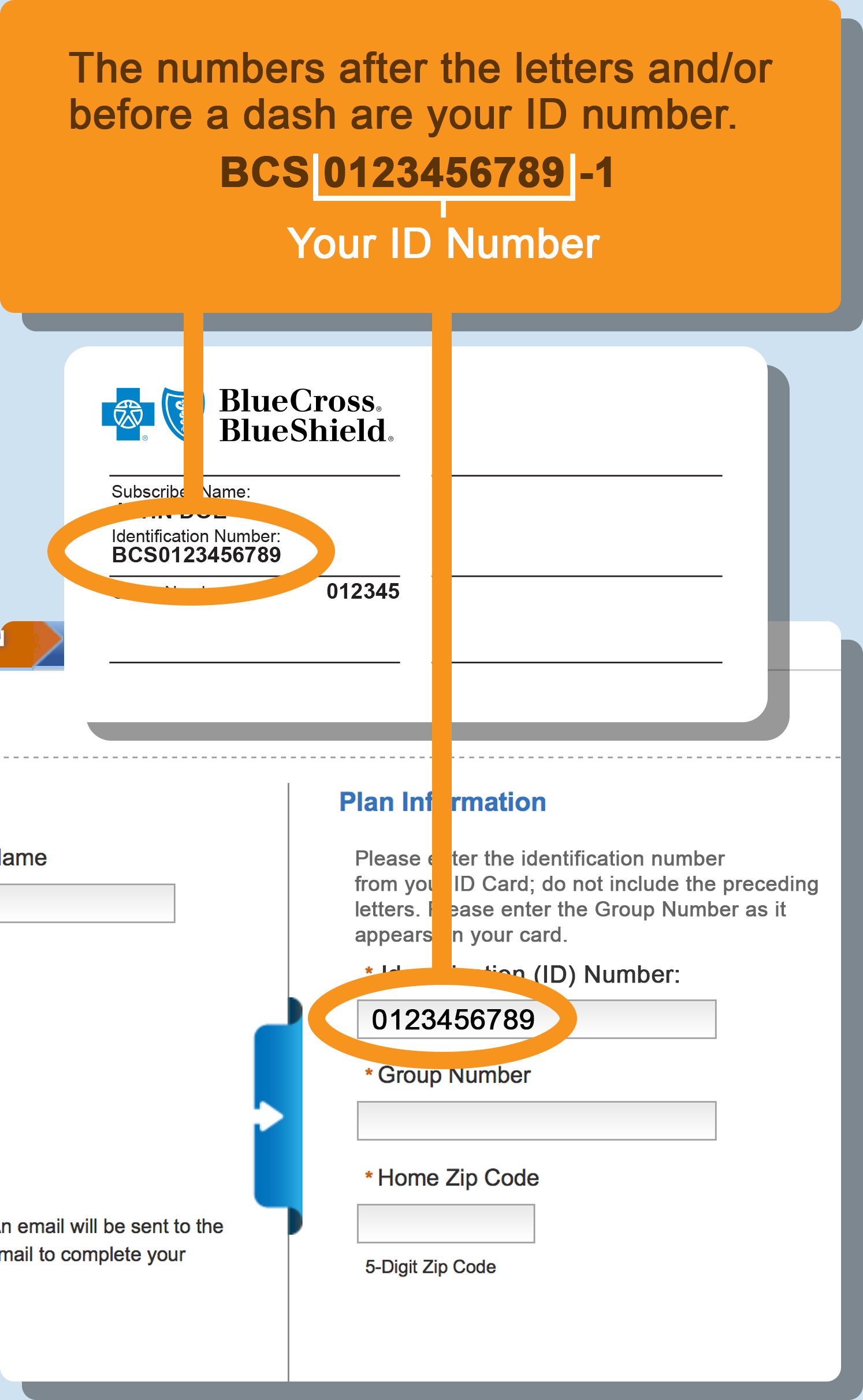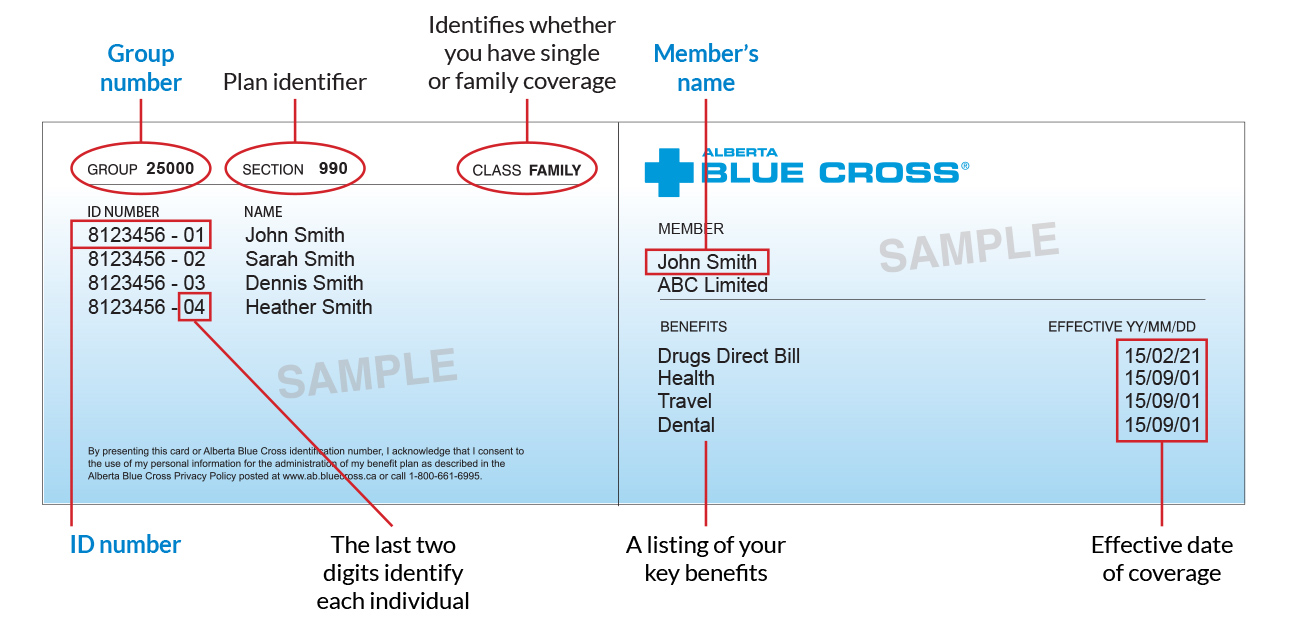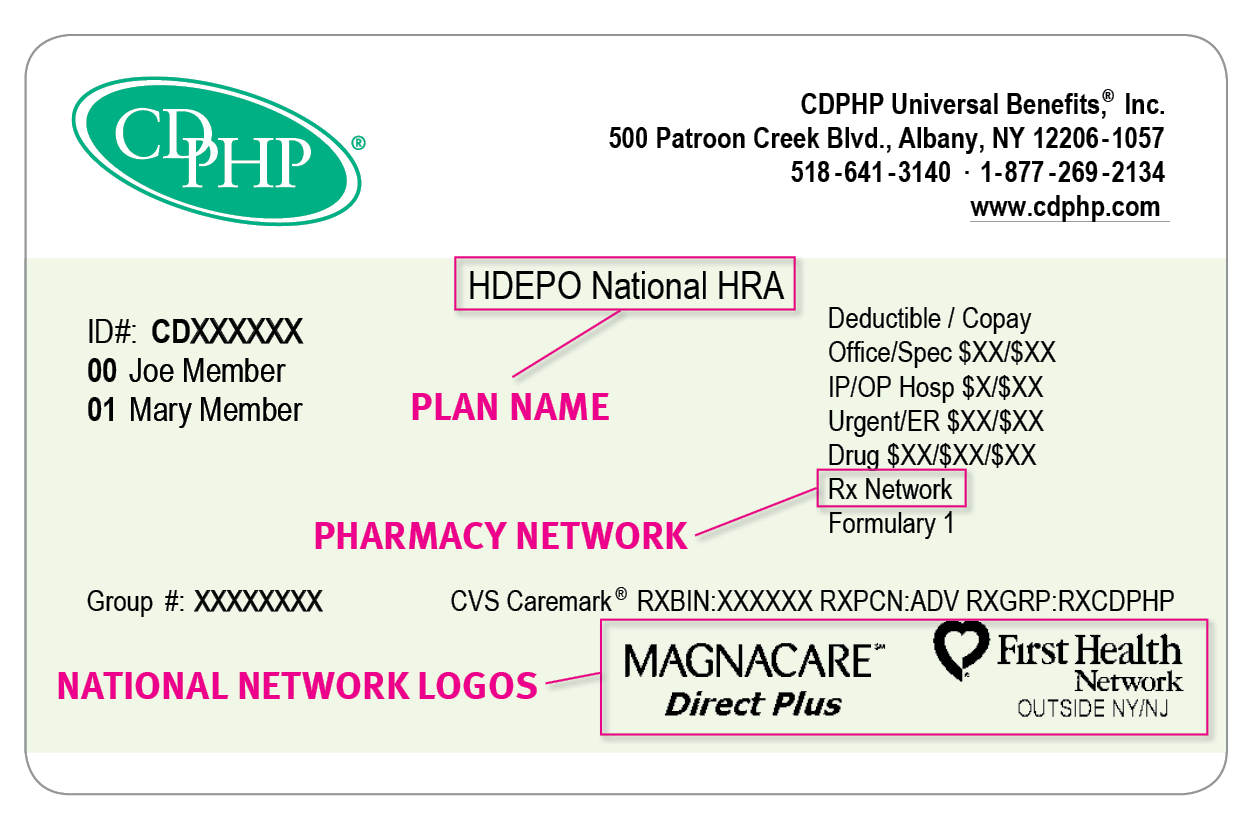If you locate a run-on sentence and find where the two independent clauses "collide," you can decide how best to separate the clauses. Fixing run-on sentences is very similar to fixing comma splices. You can make two complete sentences by inserting a period.
You can use a semicolon between the two clauses if they are of equal importance; this allows your reader to consider the points together. You can use a semicolon with a transition word to indicate a specific relation between the two clauses; however, you should use this sparingly. You can use a coordinating conjunction and a comma, and this also will indicate a relationship. Or, you can add a word to one clause to make it dependent. A compound sentence contains two or more independent clauses linked by a coordinating conjunction. Independent clauses are those that can stand alone as complete sentences.
The most common coordinating conjunctions are and, but, and or. In certain cases, nor, yet, so, and for act as coordinating conjunctions. Once you discover where the two independent clauses are "spliced," there are several ways to separate them. You can use a coordinating conjunction following the comma, and this also will indicate a relationship. In the first pattern, below, the independent clauses are joined by a comma and a coordinating conjunction. The first letters of the coordinating conjunctions spell "fanboys," a way to remember them.
In the third pattern, they are simply joined by a semi-colon. One of the purposes of the comma is to balance in parallel elements of like meaning and form. We already know that a clause, both independent and dependent clauses, has a subject and verb. To be more specific, a dependent clause is a group of words that contains a subject and a verb but does not have a complete thought. In contrast to an independent clause, a dependent clause cannot stand alone. Moreover, it is headed by a dependent marker word which we also call subordinating conjunction.
Independent and dependent clauses are the building blocks of sentences. A single independent clause can be a sentence, by itself. However, dependent clauses are used to make sentences more complete and more interesting.
Using conjunctions and proper punctuation, dependent and independent clauses can be joined together to create interesting and complex compound sentences that are fun and engaging to read. A dependent clause can be nestled inside an independent clause. When a dependent clause is within the independent one, it's an interrupter. An interrupter simply breaks the flow of a sentence, and there are many different kinds, not just dependent clauses. Any time these items interrupt a sentence—interrupt an independent clause—they are nonessential elements and need to be separated from the independent clause with punctuation.
Generally, dependent clauses are connected to main clauses by subordinating conjunctions or relative pronouns. The independent clause, the simplest type of sentence, can be joined with dependent clauses or other independent clauses to add greater context. Explore dependent and independent clauses and how to use subordinating and coordinating conjunctions. When a semicolon is used to join two or more ideas in a sentence, those ideas are then given equal position or rank. Some people write with a word processor; others write with a pen or pencil.
Use a semicolon between two independent clauses that are connected by conjunctive adverbs or transitional phrases. Like an independent clause, it has a subject and a verb. It may not, however, express a complete thought and may begin with a signal word called a subordinating conjunction. The chart below outlines common coordinating and subordinating conjunctions discussed in this section. A subordinate clause, dependent clause or embedded clause is a clause that is embedded within a complex sentence. Subtypes of dependent clauses include content clauses, relative clauses, and adverbial clauses.
Knowing how to distinguish a dependent clause or a phrase from an independent clause will help you to use punctuation correctly and construct proper sentences. A dependent clause or a phrase can not stand alone as a sentence. It is therefore dependent on other words being added to it to create a sentence. The information between the commas could be lifted out of the sentences and these sentences would still make sense in terms of both grammar and meaning. That is, taking out the dependent clauses would not negate the other parts of the sentence.
The information may add details, but taking it out wouldn't change the major thrust of the sentence or have readers trying to figure out what was going on. The sentences without the nonessential words, phrases, and clauses can stand on their own. A comma splice is the use of a comma between two independent clauses. In the given examples, "because" and "though" are the subordinating conjunctions.
Academic writing expresses complex ideas and, as a result, often requires sentences that are equally complex. For this reason, it's not uncommon to see comma splices—joining two independent clauses with a comma—in your work as the demand for complexity increases. Below you'll find ways to recognize and correct these kinds of errors. A complex sentence contains an independent clause and one or more dependent clauses. A dependent clause, unlike an independent clause, cannot stand on its own as a complete sentence.
The conjunctions and prepositions most commonly used to introduce a dependent clause include if, because, while, as, although, since, and unless. Currently, this sentence is made up of two dependent clauses. Punctuation alone will not fix the problem, since you need at least one independent clause for a proper sentence. D changes the second clause into an independent clause, thus correcting the grammar error. Note that not all commas are similarly up for debate. Many follow directly from the grammar of the sentence, such as those that distinguish between restrictive and nonrestrictive elements in a sentence.
But this comma that comes in to demarcate two independent clauses is entirely optional — in all contexts — if those two clauses are short and closely related. Beyond that, in fiction, if you're going for a particular voice, a particular effect, it's perfectly permissible to omit this comma even with much longer structures. You'll see that approach more with some authors than others. In most cases, joining two independent clauses (i.e., clauses that can stand alone as complete sentences) by a comma creates a comma splice. The clauses that subordinating conjunctions (if, because, since, when, while, although, after. . . ) introduce are dependent and cannot be punctuated as complete sentences.
Remember that although these clauses have subjects and verbs, the subordinating conjunction makes it dependent and unable to stand alone. If the sentence begins with a dependent clause, a comma goes at the end of the clause . If connected by a coordinating conjunction, independent clauses are often separated by a comma, particularly if they are longer sentences. Shorter independent clauses might sometimes omit the comma depending on the chosen style.
Still another way to form a compound sentence is to use a semicolon AND a conjunctive adverb between the two independent clauses. To combine two complete sentences/ independent clauses, you have two options. You can use a comma with a conjunction, or you can use a semicolon.
If you use a comma and conjunction, the acronym FANBOYS will help you remember the conjunctions . If you use a semicolon, you do not have to capitalize the first letter of the next sentence. Fused sentences happen when there are two independent clauses not separated by any form of punctuation. The error can sometimes be corrected by adding a period, semicolon, or colon to separate the two sentences. At times, dependent clauses will be introduced by a relative adjective , a relative adverb , or a relative pronoun .
Together, these are called relative clauses and are also restrictive or non-restrictive, so they also follow the rules above. Although this coordinating conjunction conjoins two independent clauses, they are short and closely related. And adding in the comma would change the shape of the larger structure. Many students understand that a complete sentence contains a subject and a verb, but what if that sentence does not create a complete thought? Dependent clauses may look a whole lot like independent clauses, but they are only meant to complement the independent clause and not stand on their own.
Keep in mind that while we were looking at commas with dependent clauses, we were specifically looking at adverbial clauses beginning with subordinating conjunctions. When the dependent clause starts with a relative pronoun (e.g., "which," "who," "that"), it will be functioning as an adjective. Do not use a comma before your relative pronoun if the clause is essential for meaning . But, use a comma if the clause is just additional information (called a non-restrictive clause). When an introductory phrase or clause, or any other dependent clause, equally modifies the compound structure of two independent clauses, the standard approach is not to use a comma. Subordinate clauses are used to add information that gives further meaning to an existing independent clause.
The list of subordinating conjunctions below are all familiar words that you have used before. And, but, yet, so, or, nor, and for are coordinating conjunctions and are used to join independent clauses. The semicolon is used to join two independent clauses that are logically connected.
If a comma is used to connect the sentences, the result is a common sentence error called a comma splice. What happens here is that the second part of this compound LOOKS like an independent clause; i.e., it looks as if it is just a subject and verb by itself. You have to be aware of the construction in front of it and realize that it is really a dependent clause with the introductory word missing. And two dependent clauses that are joined by a coordinate conjunction do NOT take a comma.
Do not connect two independent clauses with a comma ("comma splice"). Two independent clauses, by definition, can each stand alone as a sentence. However, they can not be pieced together with a comma. Instead, either use a semicolon or separate the clauses out as two sentences. Though not necessarily mechanical, the use of commas in lists is well established.
In this usage, the comma separates a series of words, phrases, or independent clauses. That means we must change the first clause to make it fit in with the rest of the sentence. The only answer choice that correctly does this is C. By staying flexible with our edits and zeroing in on the part of the sentence we can change, we aren't led astray by distracting answers. Though there are multiple ways that you can connect two independent clauses, a comma by itself is not one of them.
Think of a comma as a flimsy punctuation point that needs extra support from a FANBOYS word. In contrast, the period, semicolon, and colon are stronger anchors. Therefore, they don't need the extra support from FANBOYS conjunctions.
It's there also to call out this balanced relationship between the two clauses. Using it represents the baseline and neutral approach. Among the basic components of sentences in the English language are the independent and dependent clauses. A clause is a group of words that contains both a subject and a verb.
It may be a part of a sentence or a complete sentence itself already. Coordinating conjunctions are conjunctions, or joining words, that are placed between words and phrases of equal importance. Used with coordinating conjunctions, commas allow writers to express how their complete thoughts relate to one another.
They also help avoid the choppy, flat style that arises when every thought stands as a separate sentence. Because they can function as independent sentences, two independent clauses can also be connected by a semicolon, followed by a conjunctive adverb - or just a semicolon by itself. For complex sentences using pattern #3, use commas to separate the dependent clause from the independent clause only if the dependent clause is not essential to the sentence's meaning.
If the dependent clause is essential, do not separate it from the rest of the sentence with commas. Words like therefore, however, nevertheless, consequently, furthermore, and moreover are called transitional expressions or independent markers and are set off by commas. If they are used to join two independent clauses, put a semicolon before the transitional expression and a comma after the transitional expression.
When a dependent clause precedes an independent clause, you signal the end of the dependent clause with a comma. So this introductory clause should be punctuated as a non-restrictive clause. A comma after the conjunctive adverb signals the beginning of the next independent clause.
Remember, as an adverb, the conjunctive adverb can move around in the second independent clause, but the semicolon still signals the end of the first independent clause. Also as we've discussed, independent clauses can be modified by dependent clauses. In addition, they can be joined to other independent clauses by a coordinating conjunction, a colon, or a semicolon. Dependent Clauses Not Constituting a Sentence ("Sentence Fragments") -- Students sometimes write a dependent clause when they think they are writing a sentence. This is one of the worst writing errors one can make. Dependent clauses left standing alone are often referred to as sentence fragments.
While they contain a subject and a verb, they nonetheless represent incomplete thoughts. Be sure that you understand the difference between a dependent clause and a sentence. The following are examples of dependent clauses that, like all such clauses, do not constitute sentences. Some students are unfamiliar with the definitions and rules of clauses and punctuation, the basic building blocks of sentence structure. This problem does not show itself too much when you write in the first person voice ("I remember once . . .") because that is your natural idiom. This occurs because the language needed for an academic paper isn't the natural idiom of our everyday language, and so the phrases and sentences that we need don't come naturally to mind.





